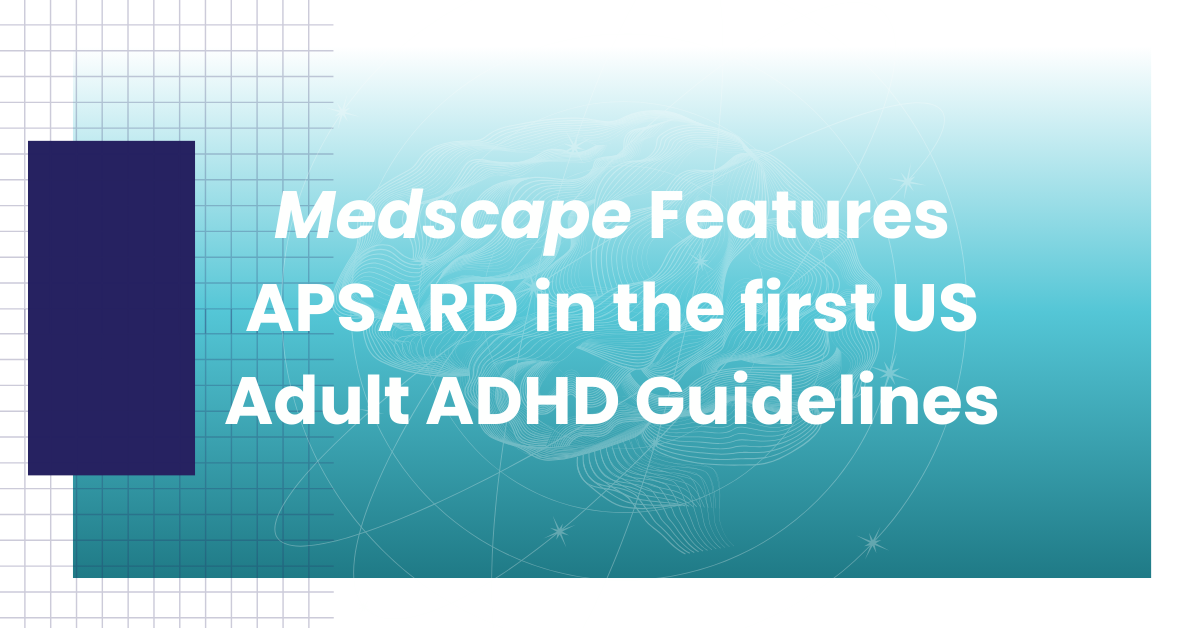BLOG POSTING BY:
 |
Stephen Faraone, Ph.D. SUNY Upstate Medical University |
The study team began with a representative sample of 69,972 U.S. adults aged 18 years or older who completed the 2012 and 2013 U.S. National Health and Wellness Survey. These adults were invited to complete the Validate Attitudes and Lifestyle Issues in Depression, ADHD and Troubles with Eating (VALIDATE) study, which included 1) a customized questionnaire designed to collect data on sociodemographic and clinical characteristics and lifestyle, and 2) several validated work productivity, daily functioning, self-esteem, and health-related quality of life (HRQoL) questionnaires. Of the 22,937 respondents, 444 had been previously diagnosed with ADHD, and 1,055 reported ADHD-like symptoms but had no previous clinical diagnosis.
There were no significant differences between the two groups in terms of age, education, income, health insurance, and most comorbid disorders. But those who had not been previously diagnosed were significantly more likely to be first-generation Americans (p<.001), nonwhite (p<.001), unemployed (p=.024), or suffer from depression, insomnia, or hypertension.
After matching the two groups for sociodemographic characteristics and comorbid conditions, covariate comparisons were made between 436 respondents diagnosed with ADHD and 867 previously undiagnosed respondents. Among respondents who were employed, diagnosed individuals registered a mean work productivity loss of 29% as opposed to 49% for the previously undiagnosed (p<.001). They also registered a 37% level of activity impairment versus a 53% level among the undiagnosed (p<.001). On the Sheehan Disability Scale, which ranges from 0 (no impairment) to 30 (highly impaired), the diagnosed group had a mean of 10, as opposed to a mean of 15 for the undiagnosed (p<.001). Diagnosed respondents also significantly outperformed undiagnosed ones on the Rosenberg Self-Esteem Scale (19 versus 15, on a scale of 0 to 30, p<.001), and on two quality-of-life scales (p<.001).
Applying a linear regression mixed model to the matched sets, the diagnosed still scored 16 points better than the undiagnosed on the WPAI:GH Productivity Loss scale (p<.001), 14 points better on the WPAI:GH Activity Impairment scale (p<.001), 4.5 points better on the Sheehan Disability Scale (p<.001), almost 4 points on the Rosenberg Self-Esteem Scale (p<.0001), with comparable gains on the two quality-of-life scales (p<.001 and p<.0001).
The authors concluded, “This comparison revealed that individuals who had been diagnosed with ADHD were more likely to experience better functioning, HRQoL [health related quality-of-life], and self-esteem than those with symptomatic ADHD. This result appears to be robust, withstanding several levels of increasingly rigorous statistical adjustment.” That points to substantial benefits from the treatment that follows diagnosis of adult ADHD.
REFERENCES:
Manjiri Pawaskar, Moshe Fridman, Regina Grebla, and Manisha Madhoo, “Comparison of Quality of Life, Productivity, Functioning and Self-Esteem in Adults Diagnosed With ADHD and With Symptomatic ADH,” Journal of Attention Disorders, Published online May 2, 2019 https://doi.org/10.1177/1087054719841129.

